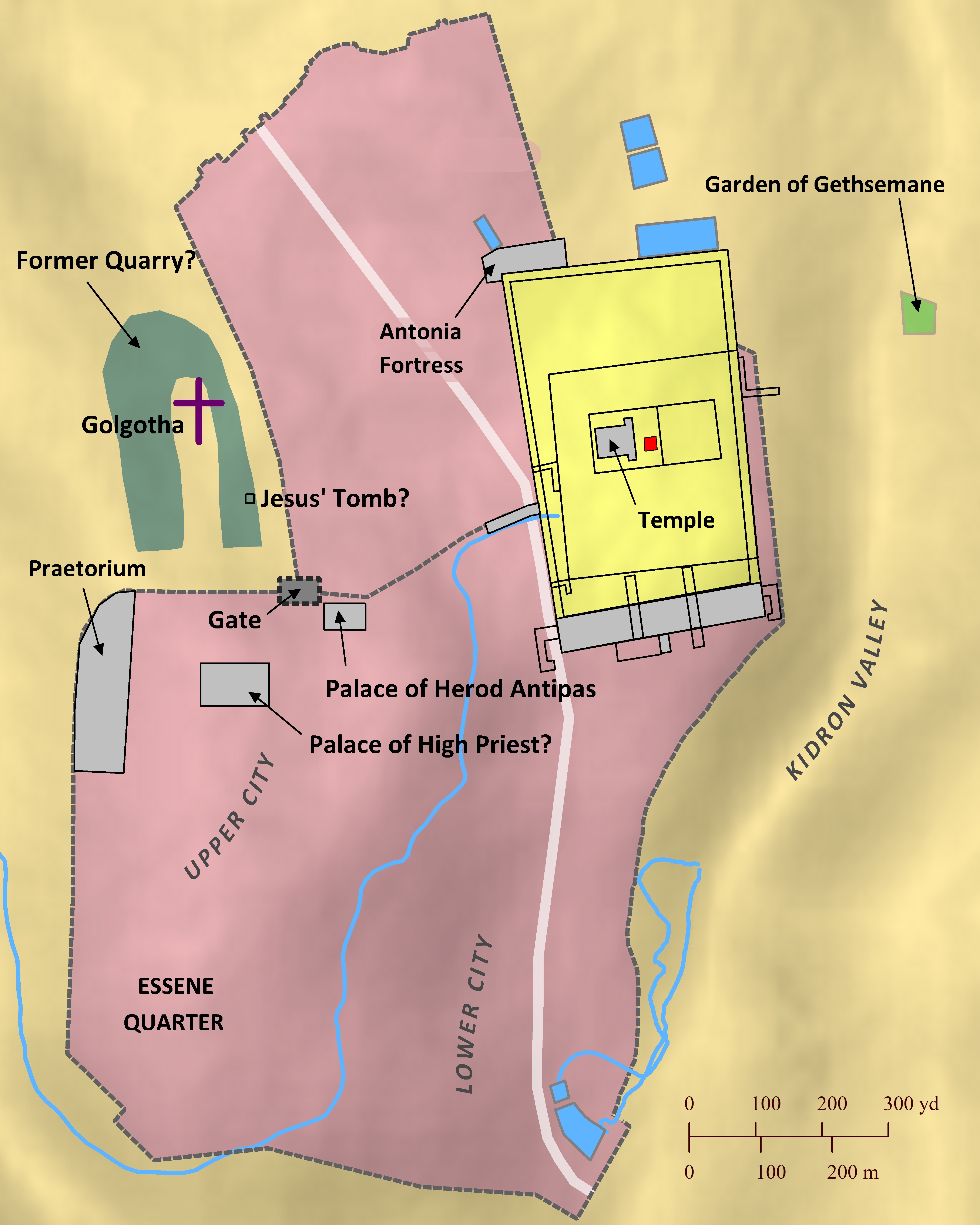Note: This view shows ‘verses’ which are not natural language units and hence sometimes only part of a sentence will be visible—click on any Bible version abbreviation down the left-hand side to see the verse in more of its context. Normally the OET discourages the reading of individual ‘verses’, but this view is only designed as a tool for doing comparisons of different translations—the older translations are further down the page (so you can read up from the bottom to trace the English translation history). The OET segments on this page are still very early looks into the unfinished texts of the Open English Translation of the Bible—please double-check these texts in advance before using in public.
AICNT And immediately he went up to Jesus and said, “Greetings, Rabbi,” and kissed him.
OEB So he went up to Jesus at once, and exclaimed, ‘Welcome, Rabbi!’ and kissed him;
WEBBE Immediately he came to Jesus, and said, “Greetings, Rabbi!” and kissed him.
WMBB Immediately he came to Yeshua, and said, “Greetings, Rabbi!” and kissed him.
NET Immediately he went up to Jesus and said, “Greetings, Rabbi,” and kissed him.
LSV and immediately, having come to Jesus, he said, “Greetings, Rabbi,” and kissed Him;
FBV Judas came up to Jesus immediately, and said, “Hello, Rabbi,” and kissed him.
TCNT Immediately he went up to Jesus and said, “Greetings, Rabbi!” And he kissed him.
T4T He immediately went to Jesus and said, “Greetings, Teacher!” Then he kissed Jesus on the neck/cheek.
LEB And he came up to Jesus immediately and[fn] said, “Greetings, Rabbi,” and kissed him.
BBE And straight away he came to Jesus and said, Master! and gave him a kiss.
Moff So he went up at once to Jesus; 'Hail, rabbi!' he said, and kissed him.
Wymth So he went straight to Jesus and said, "Peace to you, Rabbi!" And he kissed Him eagerly.
ASV And straightway he came to Jesus, and said, Hail, Rabbi; and kissed him.
DRA And forthwith coming to Jesus, he said: Hail, Rabbi. And he kissed him.
YLT and immediately, having come to Jesus, he said, 'Hail, Rabbi,' and kissed him;
Drby And immediately coming up to Jesus he said, Hail, Rabbi, and covered him with kisses.
RV And straightway he came to Jesus, and said, Hail, Rabbi; and kissed him.
SLT And quickly having come to Jesus, he said, Hail, Rabbi! and kissed him.
Wbstr And forthwith he came to Jesus, and said, Hail Master; and kissed him.
KJB-1769 And forthwith he came to Jesus, and said, Hail, master; and kissed him.
KJB-1611 And forthwith hee came to Iesus, and said, Haile master, and kissed him.
(And forthwith he came to Yesus/Yeshua, and said, Haile master, and kissed him.)
Bshps And foorthwith, he came to Iesus, and sayde, hayle maister: and kyssed hym.
(Modernised spelling is same as from KJB-1769 above, apart from capitalisation and punctuation)
Gnva And forthwith he came to Iesus, and sayd, God saue thee, Master, and kissed him.
(And forthwith he came to Yesus/Yeshua, and said, God save thee/you, Master, and kissed him. )
Cvdl And forth withal he came to Iesus, and sayde: Hayle master, and kyssed him.
(And forth withal he came to Yesus/Yeshua, and said: Hayle master, and kissed him.)
TNT And forth with all he came to Iesus and sayde: hayle master and kyssed him.
(And forth with all he came to Yesus/Yeshua and said: hail master and kissed him. )
Wycl And anoon he cam to Jhesu, and seid, Haile, maister;
(And anon/immediately he came to Yhesu, and said, Haile, master;)
Luth Und alsbald trat er zu JEsu und sprach: Gegrüßet seiest du, Rabbi! und küssete ihn.
(And soon stepped he to/for Yesu and spoke: Gegrüßet be you(sg), Rabbi! and kisseste him/it.)
ClVg Et confestim accedens ad Jesum, dixit: Ave Rabbi. Et osculatus est eum.[fn]
(And immediately approaching to Yesum, he_said: Ave Rabbi. And osculatus it_is him. )
UGNT καὶ εὐθέως προσελθὼν τῷ Ἰησοῦ εἶπεν, χαῖρε, Ῥαββεί, καὶ κατεφίλησεν αὐτόν.
(kai eutheōs proselthōn tōi Yaʸsou eipen, ⱪaire, Ɽabbei, kai katefilaʸsen auton.)
SBL-GNT καὶ εὐθέως προσελθὼν τῷ Ἰησοῦ εἶπεν· Χαῖρε, ῥαββί· καὶ κατεφίλησεν αὐτόν.
(kai eutheōs proselthōn tōi Yaʸsou eipen; Ⱪaire, ɽabbi; kai katefilaʸsen auton.)
RP-GNT Καὶ εὐθέως προσελθὼν τῷ Ἰησοῦ εἶπεν, Χαῖρε, ῥαββί· καὶ κατεφίλησεν αὐτόν.
(Kai eutheōs proselthōn tōi Yaʸsou eipen, Ⱪaire, ɽabbi; kai katefilaʸsen auton.)
TC-GNT Καὶ εὐθέως προσελθὼν τῷ Ἰησοῦ εἶπε, Χαῖρε, [fn]ῥαββί· καὶ κατεφίλησεν αὐτόν.
(Kai eutheōs proselthōn tōi Yaʸsou eipe, Ⱪaire, ɽabbi; kai katefilaʸsen auton. )
Key for above GNTs: yellow:punctuation differs, red:words differ (from our SR-GNT base).
